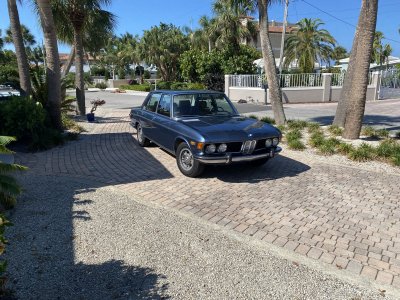Hello Chris, Finally got back to working on car, Found first the question of removing the gas cap the tank would go woosh? Vacuum fitting on rear intake had been removed and brazed shut with a golf tee in hose. Hose fitting now has new pipe. Smoke test proves flow to tank now with wisp of smoke out of charcoal side of canister. Removed fuel tank sender to inspect for crud in tank. Looks very clean, New seal on sender, The distributor on this car has only a vacuum advance mechanism. Found hose hooked up to Venturi vacuum. Correct hose attachment to manifold vacuum. Reset ignition timing to 22 degrees BTDC at 1700 RPM. Vehicle still idles poorly and hesitates at low speeds.
Perform cylinder balance by disconnecting spark plug wires while idling, Each cylinder drops while removing pertinent wire and spark click is heard. Remove all spark plugs and test compression while hot, 160 psi across the board. Rear spark plugs are blackish, Front spark plugs are whitish. Perform basic Weber down draft idle mixture adjustment to get poor results from both carbs. Smoke test each manifold. Apparent leaks from under front carb. Awaiting Weber carburetor kits at this time. Has anybody ever installed two individual intake manifold vacuum test pipes that would be blanked off when not in use? The cool whip tubs just don't seal well?
Thank you for listening.
Larry Louton



